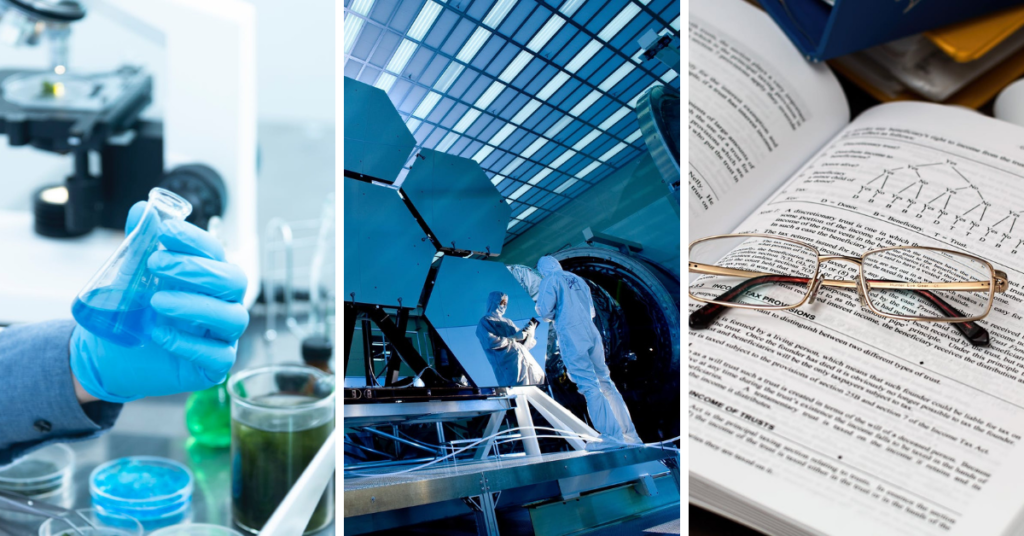At Less Than 0.6% Of GDP, Malta’s Investment In R&D Is Still Nowhere Close To What It Should Be

Malta invested approximately €80 million in research and development in 2019, equivalent to 0.59% of the country’s Gross Domestic Product, statistics published by the National Statistics Office show.
While the spend represents a €5.4 million increase over the previous year it remains very low when considered as a percentage of the country’s economic output.
In fact, according to the Europe 2020 strategy adopted by the EU in 2010, Malta was to have reached a target of an annual investment equivalent to 2% of GDP by 2020. This would have seen Malta spending closer to €266 million based on 2019’s GDP.
A look back over the years shows that despite Malta’s economic growth, research investment as a percentage of GDP has remained low and has actually fallen considerably since 2012 when it reached its highest point at 0.8% of GDP.
This means that while investment is increasing in absolute terms, it is increasing at a slower rate than the economy is growing, suggesting that research and innovation is not yet an economic driver for Malta.
According to the statistics, the bulk (62%) of Malta’s R&D investment in 2019 was made by the private sector, while 37% of investment came from higher education institutions. The remaining 1% was attributable to research undertaken directly by the government.
51.3% of all projects funded in Malta were basic research projects. 34.4% were applied research projects and 14.3% experimental development projects.
A look at the source of funds invested in research and development shows that it is mainly financed using local funds. In fact, 91.3% of all research funding was locally sourced.
€47 million was invested by the private sector and €20.6 million by the university. The government invested €4.2 million in research and development activities in 2019, with ‘other’ sources of local funds investing €1.1 million.
The largest proportion of 2019’s investment was made in engineering and technology (44%), followed by the natural sciences (25%) and the medical sciences (14%).
The social sciences and other areas of research accounted for 10% and 7% respectively.
Of the €80 million spent in 2019, €49.9 million went to labour costs with the spend on other recurrent expenditure amounting to €20.3 million.
The rest of 2019’s expenditure – €9.8 million – went to capital expenditure. €8 million was spent on instruments and equipment while €1.8 million was invested in land and buildings.
Figures for research expenditure for 2020 were not available but one would expect that there have not been any significant increases, especially considering that the year was dominated by the COVID-19 pandemic.
While research has clearly not been a major priority for Malta so far, this could change given the establishment of a new ministry focused specifically on research and innovation
In fact, research and development will be a major focus of Malta’s post-COVID strategy, announced recently by Research and Innovation Minister Owen Bonnici.
What do you make of these figures?
